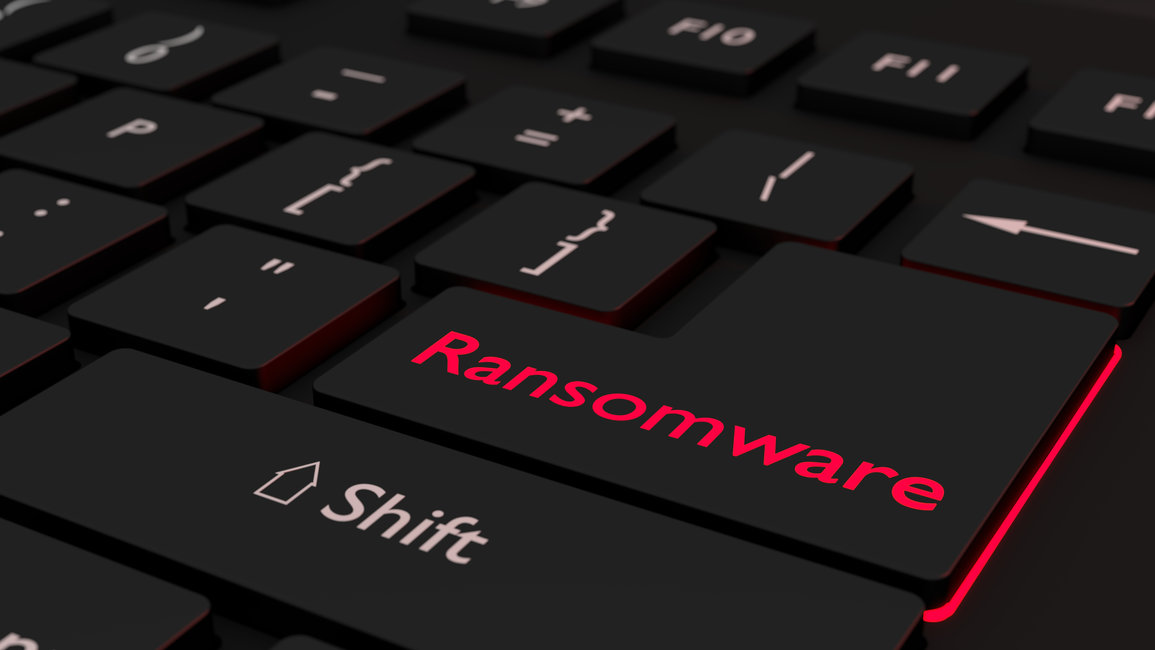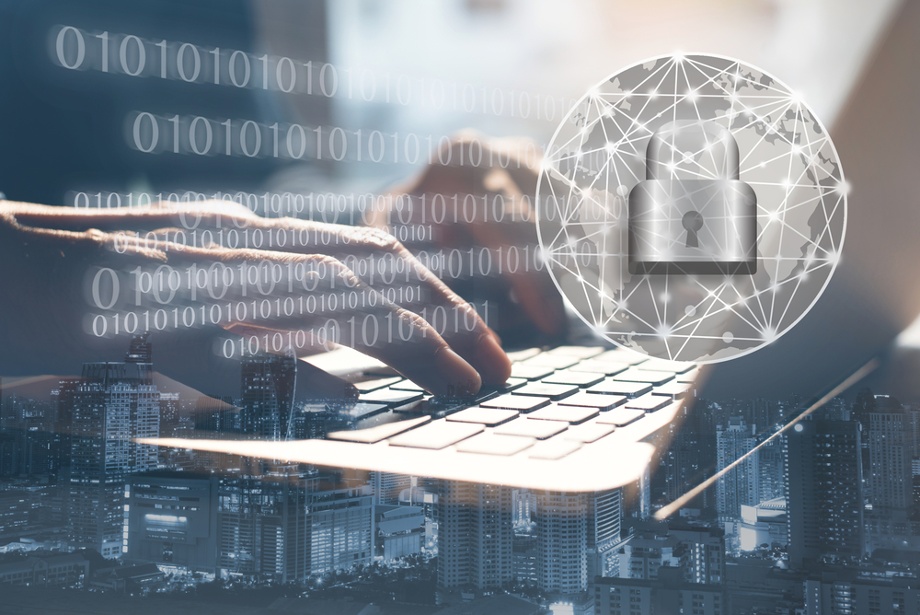*Disclaimer: This article originally appeared on HIT Consultant.
The healthcare sector is charged with preserving some of the most sensitive information of any industry. Hospitals and clinics are required to securely store data, such as social security numbers, patient medical records, insurance policy details, and credit card numbers.









